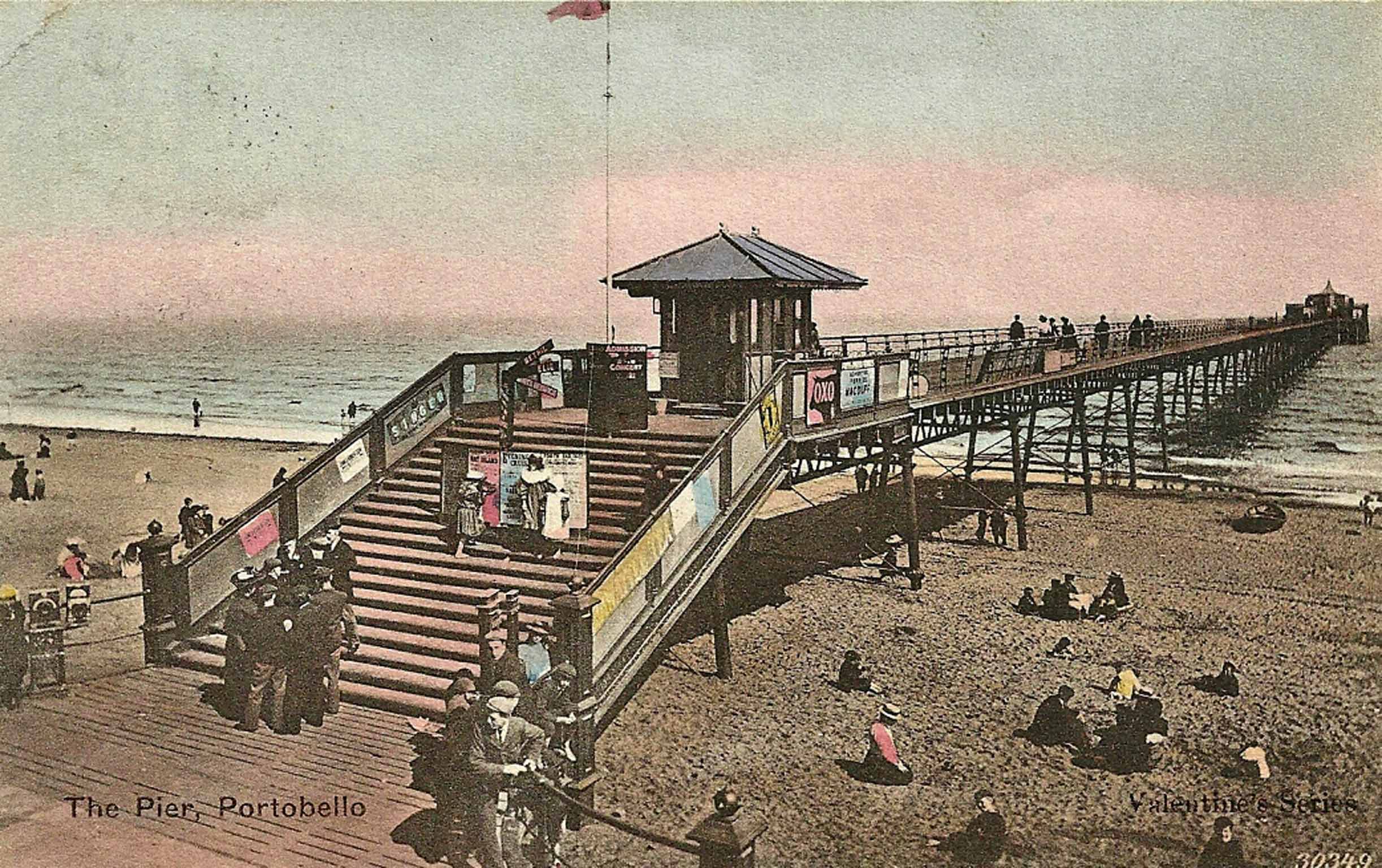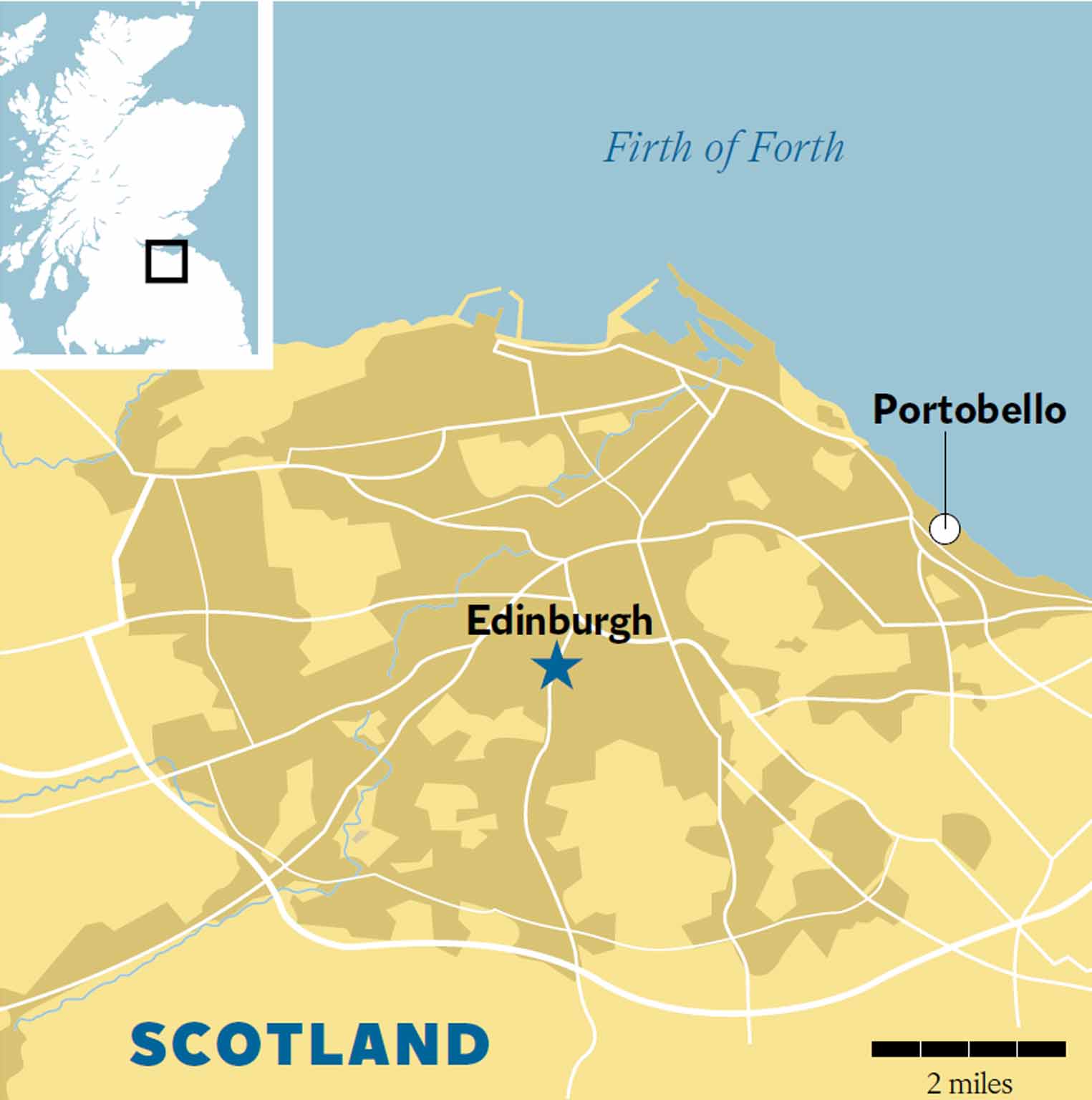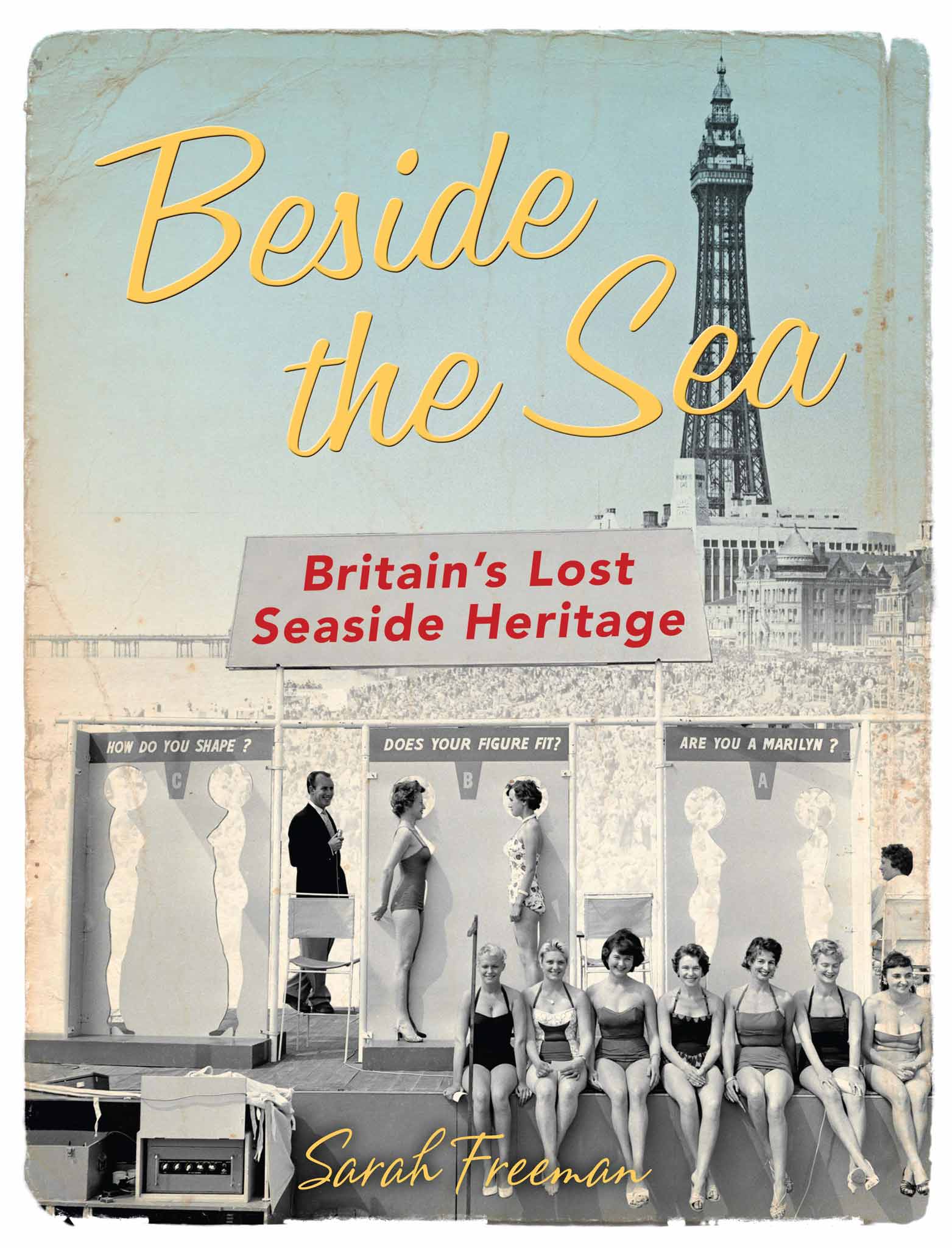Portobello, 99 ice creams, and Britain's Lost Seaside Heritage: The sweet taste of success
The resort once thrived with attractions that included a human zoo, a lido and a certain ice cream

Your support helps us to tell the story
From reproductive rights to climate change to Big Tech, The Independent is on the ground when the story is developing. Whether it's investigating the financials of Elon Musk's pro-Trump PAC or producing our latest documentary, 'The A Word', which shines a light on the American women fighting for reproductive rights, we know how important it is to parse out the facts from the messaging.
At such a critical moment in US history, we need reporters on the ground. Your donation allows us to keep sending journalists to speak to both sides of the story.
The Independent is trusted by Americans across the entire political spectrum. And unlike many other quality news outlets, we choose not to lock Americans out of our reporting and analysis with paywalls. We believe quality journalism should be available to everyone, paid for by those who can afford it.
Your support makes all the difference."Amid the hundreds of thousands of entries in the Oxford English Dictionary, a few lines are devoted to a Great British seaside institution: Ninety-nine (also 99), an ice cream cone made with soft ice cream and a stick of flaky chocolate inserted into it. [Apparently an arbitrary marketing name. The original ice cream contained Cadbury's "99" Flake (produced specially for the ice-cream trade) but the application to the chocolate may not precede its application to the ice cream.]
An arbitrary marketing name? Not according to the Arcari family. They also dispute claims by Cadbury's that it was one of their sales managers in County Durham who coined the phrase sometime in the early 1930s. The Arcaris say they were selling 99s a full 10 years before its first appearance in Cadbury's price list in 1935. In fact, they insist the ice cream cone with a chocolate flake was named after their ice cream parlour, which just so happened to be at 99 Portobello High Street.
The business was started by Stephen Arcari, who came to Scotland from Italy following the First World War, and it was he, according to his granddaughter Mandy, who first broke a Flake in half and pressed it into a scoop of vanilla ice cream.
"People liked it and so he kept selling it. We're not sure of the exact date, but it was not long after he opened the shop in 1922. We think that one of the Cadbury's reps might have come to Portobello, seen Granddad selling 99s and taken the idea back to the company's headquarters. We have challenged the Oxford English Dictionary, but the problem is there is no written evidence."

When Stephen died aged just 50, the ice-cream business passed to his son, Rudy. A familiar figure around the seaside town – just three miles from Edinburgh – in his blue overalls and ever-burning cigar, it was he who turned Arcari's Ice Creams into a Portobello institution.
The much-loved ice cream parlour is now a hairdresser's. However, long before it closed in 2005, Portobello had already lost some of its most iconic attractions.
Over the years the resort has been home to Scotland's first and last pleasure pier, an impressive lido with the country's first wave machine, and for a while its attractions also included a human zoo.
Edinburgh Marine Gardens was the kind of project that characterised the Victorian age. On 1 May 1908, Prince Arthur of Connaught officially opened the Scottish National Exhibition in the capital's Saughton Park. The previous winter, a small army of labourers had built a series of white stucco buildings to create a brand new village for an event designed to last just six months.
The Palace of Industries housed a showcase of Dutch, Italian and Canadian industry and culture, while outside there was a programme of historical pageants and military tournaments. For those not interested in demonstrations on the use of ammonia sulphate in manure, or the displays of Highland weaponry, there was an amusement park, complete with water chute. The exhibition attracted more than 3.5 million visitors, so when it closed that December a group of businessmen had the idea of moving it, white stucco buildings and all, to Portobello. The concert hall, fine art buildings and Winter Garden tearooms were all carefully dismantled, loaded on to trucks and then rebuilt on a 30-acre site 20-minutes' drive down the road.
"At the time labour was cheap," says local historian Margaret Munro. "But it was still an incredible feat to have the site open by the following May. There was nothing the Marine Gardens didn't have. There was a grand ballroom, roller-skating rink, zoo and a scenic railway."

One of the more peculiar attractions was the Somali village. Seventy Somalis had been shipped over to Scotland to live in mud huts and be gawped at by members of the public. These human zoos, or "ethnological expositions," had taken off across Europe from the 1870s. They were billed as a serious exposition of foreign cultures, but most of the visitors just pointed and laughed.
While Portobello's newly-acquired population no doubt struggled through the Scottish winter, the businessman who had funded the Gardens to the tune of £25,000 fared, initially at least, rather better. In the first 12 months of opening, 750,000 people paid the 7p entrance fee; even the mauling of one of the young animal trainers by two panthers at Bostock's Circus didn't deter the crowds.
"I don't think there's any doubt that Edinburgh Marine Gardens were a success, but they were never the same after the First World War," says Margaret. "When the site was taken over by the military, troops were billeted in a number of buildings. It did partially reopen, but when the military returned during the Second World War that really was it. There are car showrooms on the site now."

Edinburgh Marine Gardens had just six years of full use, but by the time they closed and the buildings were dismantled, another Portobello landmark had also been demolished. The opening of the 1,250ft pier on 23 May 1871 had been a big day for the resort. The pier had been designed by leading Scottish railway engineer Sir Thomas Bouch. A few years later he would be castigated following the collapse of another of his projects – the Tay Rail Bridge – just 18 months after it opened, but for now he was the toast of Portobello. Special trains were laid on and that afternoon thousands walked along the wooden decking, stopping for refreshments at the pierhead café and queuing for the camera obscura.
With a newly-formed regatta club holding a series of competitions and Firth of Forth paddle steamers now able to stop off at Portobello, the pier made the town busier than ever. However, come the winter, when the holidaymakers had gone, the iron structure was left to the elements. As repair bills escalated, the pier began to rot. By 1917, its demolition began. Throughout the following three decades various proposals for a replacement were put forward, but none ever made it off the drawing board. However, everyone agreed that the resort needed a major new attraction and in 1936 it got one – a brand new open-air swimming pool.
Its Art Deco design stood in sharp contrast to the nearby red-brick power station opened by King George V a decade earlier. Not that anyone seemed to mind, perhaps because, as well as supplying the electricity requirements of Edinburgh's rapidly expanding population, it would also heat the swimming pool.

The open-air pool was where a young Sean Connery worked as a lifeguard. During the 1950s and 1960s the terraces were packed and on the busiest summer days, the queue stretched down the road. However, a decade later the once lengthy queues had been replaced by a trickle of bathers willing to brave the icy waters. When the power station closed in 1977 most reckoned the pool would be next. The doors were shut the following year. Today there are football pitches where the open-air pool once was. They are better used than the lido was in its later years, but when they featured in the opening scenes of Danny Boyle's Trainspotting, it wasn't exactly the kind of publicity Portobello needed.
As tourism declined, Rudy Arcari scaled back his fleet of ice cream vans and the theme tune "Lara's Theme", from the film Dr Zhivago, was heard a little less around the town. The family still make ice cream in a nearby factory, but the news of Rudy's death in May 2014 reminded many of the summers they had spent on Portobello beach.
"It was overwhelming really," says Mandy. "Dad had sold ice creams to three generations of some families round here. He'd been diagnosed with cancer in January, but he was still putting in 14-hour shifts until a few weeks before he died. We asked him if he wanted to stop working, but he just turned to us and said, 'Why would I want to do that? This is my life'."
This is an edited extract from "Beside The Sea: Britain's Lost Seaside Heritage" by Sarah Freeman, published by Aurum Press, £19.99
Join our commenting forum
Join thought-provoking conversations, follow other Independent readers and see their replies
0Comments